By Joe Berk

Almost 40 years ago, I saw my first Indiana Jones movie and it affected me profoundly. I started traveling the world stumbling upon lost empires. Things that have been swallowed by time, as they say. My motorcycle ride through Colombia had some of that. The Baja adventures have a bit of it, too. But none of the rides had more of an Indiana Jones flavor than did the ride across China. That ride was three years ago this month, and I still think about it every day. There were several things we saw in China that would have been right at home in an Indiana Jones movie. One was Liqian. I can best tell you about it with an excerpt from Riding China, the story of the ride with Joe Gresh across the Ancient Kingdom.
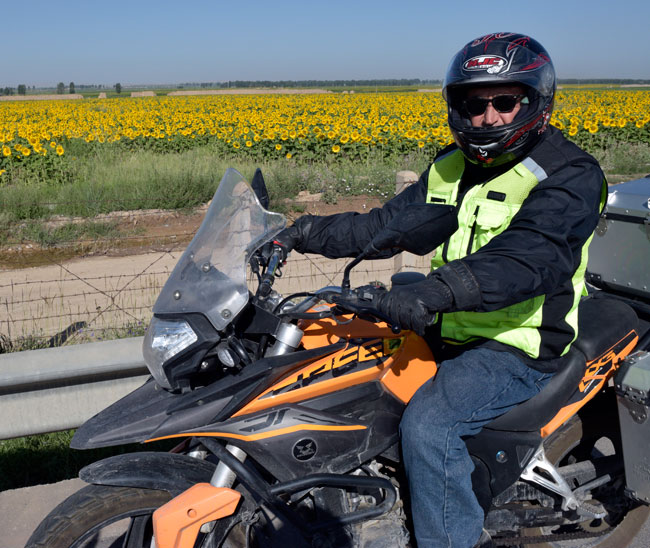
The ride in the morning was just like yesterday. We rode the Silk Road at high speed, making great time in magnificent weather. I knew we were going to Wuwei (you could have a lot of fun with that name; it’s pronounced “woo wee”), but that was really all I knew about that day as we started out that morning. Boy, would this day ever be an interesting one!
It was to be a very full day, and Wuwei would be another one of those cities of several million people that seem to pop up in China every 50 to 100 miles. It was a huge city I had never heard of. China is an amazing place, and I was going to learn today it is more amazing than I could have imagined, and for a reason I would have never guessed. I’ve mentioned Indiana Jones movies a lot in this book. Today, we came upon something that could easily be…well, read on. This is going to be good.
After riding for a couple of hours, we left the freeway and entered a city called Yongchang. It seemed to be pretty much a regular Chinese city until we stopped. I needed to find a bathroom and Wong helped me. Wong is a big, imposing guy. He’s a corrections officer supervisor in Xi’an. He has a friendly look, but he can turn that off in a New York minute and become an extremely imposing figure. I saw him do that once on this trip, and I’ll tell you about that episode when we get to it.
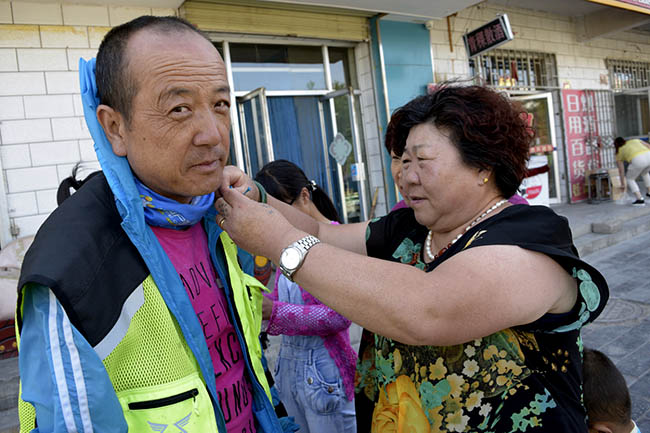
Anyway, I followed Wong through a couple of alleys and businesses until we came to an empty restaurant (it was mid-morning, and it had no customers). Wong spoke to the lady there, she nodded her head and smiled at me, and pointed to the bathroom. When I rejoined the guys back on the street, several women at a tailor shop (we had coincidentally stopped in front of a tailor shop) were fussing over Wong. He needed a button sewn on his jacket and it was obvious they were flirting with him. Wong seemed to be enjoying it. Like I said, Wong is a big guy, and I guess you could say he’s good looking. I think the women who were sewing his button on were thinking the same thing.

Three teenage girls approached us and wanted to know about our bikes. Like many young Chinese, they spoke English (in China, you learn English as a second language in grade school; it is a strong advantage in Chinese society if you can speak English well). They wanted to practice with us. It was the routine stuff (“how are you?” “hello,” and things like that) until one of the teenaged girls looked directly at me and asked, “Can I have your phone number?” Gresh and I both had a good laugh over that. I actually gave her my phone number and she carefully entered it into her phone (and no, she hasn’t called me yet).
I was enjoying all of this immensely, taking photos of the girls, the seamstresses flirting with Wong, and the rest of China all around me. There was something different about one of those teenage girls. I couldn’t quite recognize what it was, but to me she definitely looked, well, different.
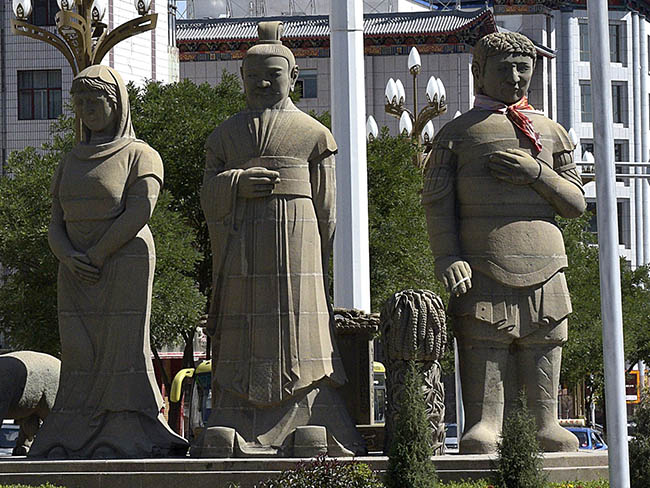
It was at about that time that Sean approached me and said, “Dajiu, do you see those three statues over there?” He pointed to three tall statues that faced us, perhaps 300 yards away. I nodded yes. “If you look at their faces, you will see that they have Roman features.” Truth be told, I couldn’t really see it in the statues because they were too far away, but I grabbed a photo and later, on my computer, I could see something different. But before I looked at the photo, it all clicked for me. That’s what had my attention with that girl. We were literally in the middle of China and she didn’t look as Chinese as her two friends. She looked different.
All right, my friends, I need to go tangential here for a minute or two and share this story with you. Hang on, because this is real Indiana Jones stuff. No, scratch that. I’ve never seen an Indiana Jones movie with a story line this good (and I’ve seen all of them).
More than 2,000 years ago, before the birth of Christ, the two most powerful empires on the planet were the Roman Empire and the Han Dynasty. These two superpowers of their time enjoyed a brisk trade relationship along the Silk Road. Yep, the very same trail we had been riding for the last few days. Between them (in what became Iran and its surrounding regions) lay a smaller empire called Parthia. For reasons only the Romans understood, Rome thought it would be a good idea to attack Parthia. They sent several Roman Legions to war (and to put this in perspective, a Roman Legion consisted of about 5,000 men). To everyone’s surprise (including, I would imagine, the Romans), the Parthians kicked Rome’s butt.
Wow, imagine that. Rome, defeated on the field of battle by the much smaller Parthian Empire. To put it mildly, things did not quite go the way the Romans thought they would.
Help us bring more content to you: Please click on the popup ads!
All of this severely disrupted trade between the Han Dynasty and the Romans, and nobody liked that. “Why the hell did you do that?” the Han Dynasty asked Rome. “We had a good thing going and you screwed it up.” At least that’s what I’m guessing the conversation went like. You get the idea.
Cooler minds prevailed and the Romans realized, yeah, that was a dumb move. The Romans told the Parthians, hey, it’s over, let’s be friends again. The war ended, the Chinese were happy, the Romans were happy, the Parthians were happy, and trade resumed. All’s well that ends well.
Well, sort of. There was still that matter of those pesky Roman legions that had invaded Parthia. They didn’t come back from that war, and for two thousand years, no one knew what happened to them. The Romans probably assumed their Legionnaires had all been slaughtered. No one knew until an Australian dude and a Chinese guy, both University archeologist types (starting to sound a little like Indiana Jones yet?) put a theory together in 1957. Hmmm, maybe those Romans had not been killed after all.
The Parthians, being bright enough to defeat the Romans, were not about to let the Legionnaires go home and perhaps attack them again in some future war. They didn’t want to kill the Romans, either. I guess they were kinder, gentler Parthians. Here’s where those two Aussie and Chinese archeologists enter the picture. They hypothesized that the Parthians told the errant Legionnaires, “Look, we don’t want to kill all you guys, but there’s no way we’re going to let you go back to Rome. And there’s no room for you here, either. Your only option is to keep heading east. Go to China. Maybe you crazy warmongering Italians will find nice Chinese girls and settle down.” With that, and as one might imagine, a hearty arrivederci, the Romans continued their eastward march straight into the middle of China.
And folks, the prevailing wisdom today is that is exactly what happened (although the prevailing wisdom evidently hasn’t prevailed very far, as I had never heard the story until that morning in Yongchang). In fact, prior to this theory surfacing, folks wondered why the Chinese referred to the area around Yongchang as Liqian. That’s not a Chinese word, and it’s unlike the name of any other Chinese town. The folks who know about these things tell me it is an unusual word in the Chinese language.
Liqian is pronounced “Lee Chee On.”
Get it yet?
Lee Chee On? Liqian?
Doesn’t it sound like “legion?” As in Roman legion?

I found all of this fascinating. I saw more than a few people around the Liqian area that had a distinct western appearance, and they all consented to my taking their photos when I asked. They recognize just how special their story is. The Chinese government is taking note of this area, too. They are developing a large theme park just outside of Yongchang with a Roman motif. We visited that theme park, and while we were there, Sergeant Zuo gave a book to me (printed in both English and Chinese) about the place. It is one of the two books I brought back from China, and that book is now one of my most prized possessions.
Imagine that: Roman legions, resettled in the middle of China, in a town called Liqian. And I rode there. On an RX3.
That photo at the top of this blog? All the gear, all the time?
Nah, it was nothing like that. One of the Zongshen guys had this idea about making a movie with a Roman Empire theme (you know, being as we were in Liqian and all that), and he bought along gladiator costumes. I’m not sure what Gresh and I were thinking (we’re not normally into gladiator movies) but we let those guys talk us into putting the costumes on and taking a few pics and videos. I guess you had to be there to understand it; it was all in the spirit of the ride.
Watch for our next Indiana Jones episode in China. It’s about the lost Buddhist grottos at Mo Gao in the Gobi Desert. There’s more good stuff coming your way. Stay tuned!
Want to read more about the ride across China? Pick up a copy of Riding China!

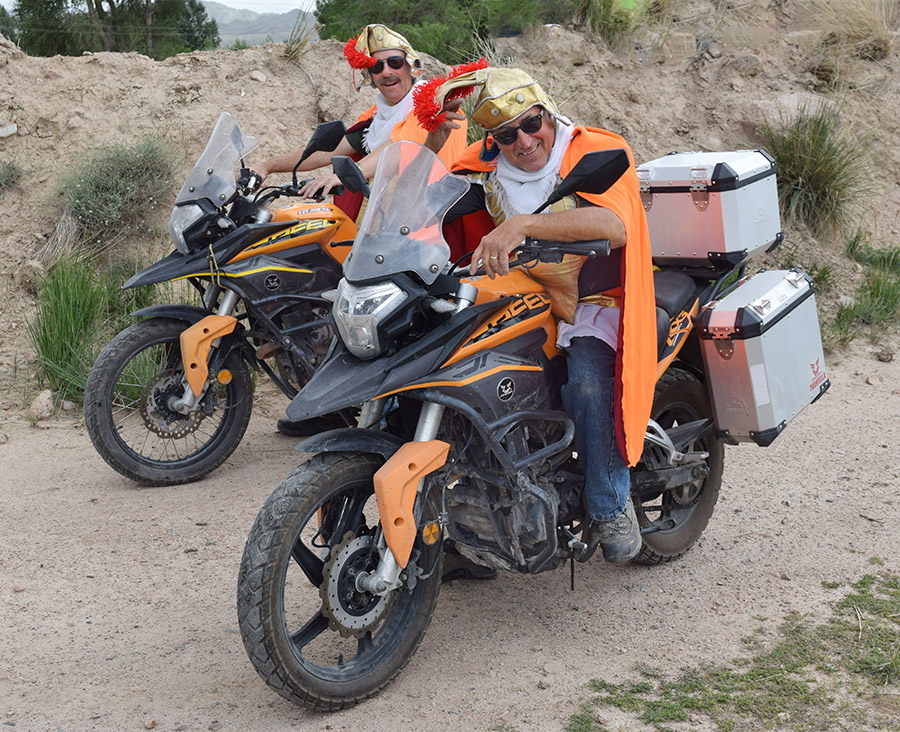
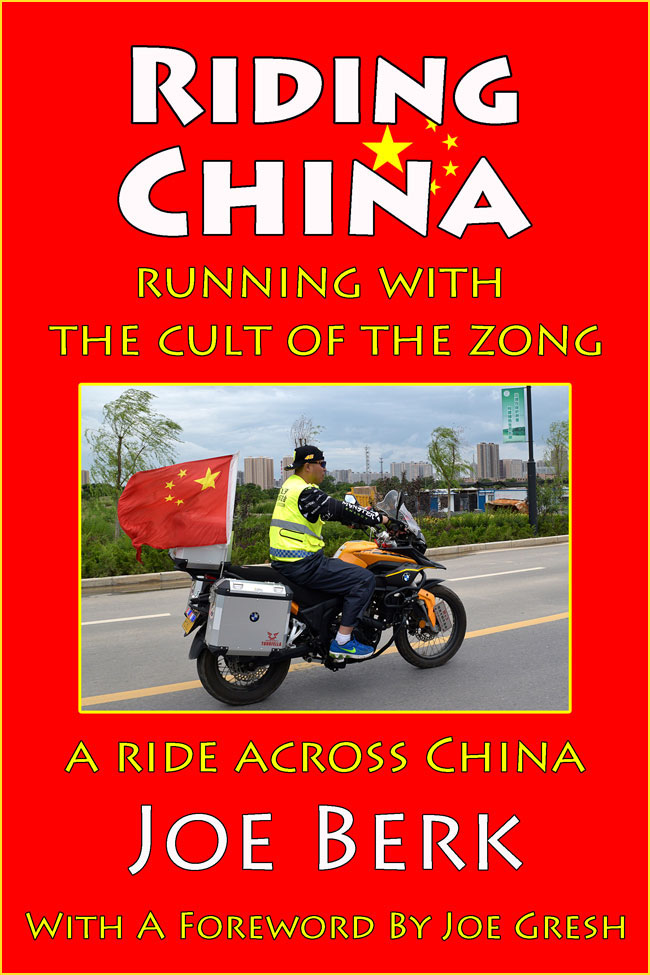
Great story for a Sunday morning!
Learned something too!
Thanks,
Mike
I have heard of the disappearance of these legions. Those girls don’t look anything but Chinese though.
The men looked to me like they had more western features; the women, not so much. Good observation.